How the ESA’s space hoover works
The space agency’s robot debris collector is set for its first mission in 2025
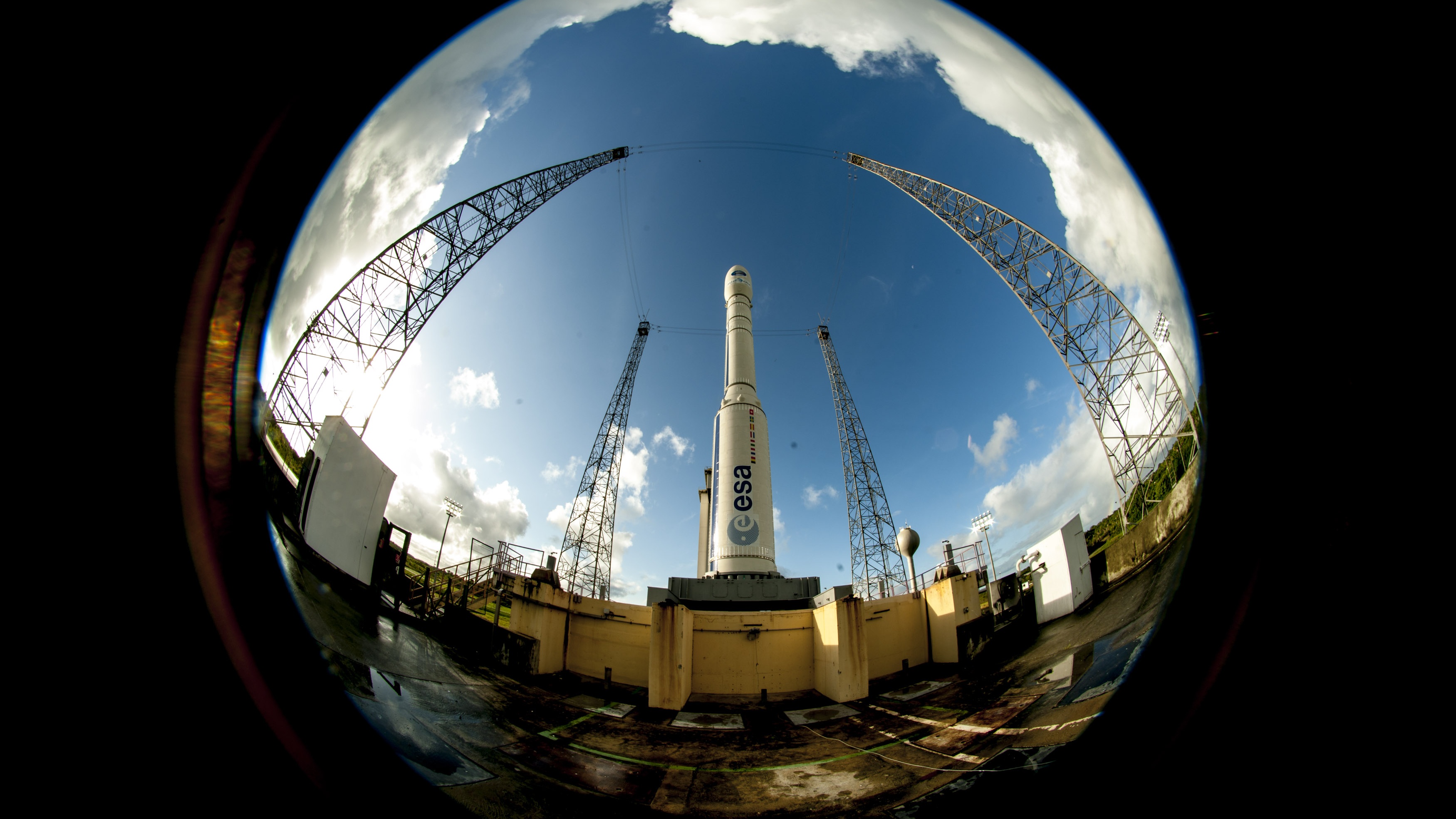
The European Space Agency is to launch a four-armed robot into orbit in what it claims is the first mission to remove debris from space.
The 2025 mission, to be carried out by Swiss start-up ClearSpace, will cost €120m (£100m) and will grab a single piece of rubbish, “Vespa”, a leftover piece of ESA’s Vega rocket that was launched in 2013.
Why is it necessary?
The Week
Escape your echo chamber. Get the facts behind the news, plus analysis from multiple perspectives.

Sign up for The Week's Free Newsletters
From our morning news briefing to a weekly Good News Newsletter, get the best of The Week delivered directly to your inbox.
From our morning news briefing to a weekly Good News Newsletter, get the best of The Week delivered directly to your inbox.
In what The Times describes as “the final frontier in vacuum cleaning”, the ClearSpace-1 spacecraft will retrieve just one piece of junk, but the ESA hopes that the mission will pave the way for a much bigger space clean-up operation.
The ESA’s director general Jan Worner has called for new rules governing those who launch satellites, making them responsible for removing their debris from orbit when the satellites are taken out of use.
“Imagine how dangerous sailing the high seas would be if all the ships ever lost in history were still drifting on top of the water,” said Worner. “That is the current situation in orbit, and it cannot be allowed to continue.”
Over the past 60 years, thousands of tonnes of junk has accumulated around the Earth. The rubbish includes old rocket parts, around 3,500 retired satellites and an estimated 750,000 smaller fragments – some a result of larger pieces of junk colliding with each other. The fragments are circulating with a velocity of 12,500mph, says The Guardian.
A free daily email with the biggest news stories of the day – and the best features from TheWeek.com
The debris floating in space poses a danger to future satellites and rockets, as the chance of collisions is set to grow until a clean-up operation gets under way.
“The space debris issue is more pressing than ever before,” says Luc Piguet, founder and CEO of ClearSpace. “The need is clear for a ‘tow truck’ to remove failed satellites from this highly trafficked region.”
How does it work?
The ClearSpace-1 probe will be launched into orbit near the target debris, Vespa, and then attempt to grab it using its four robotic arms.
Vespa weighs 100kg, about the same as a small satellite, and was chosen for the inaugural clean-up because of its simple shape and sturdy construction, which means it is less likely to break up when it is grabbed.
The probe is essentially “a four-armed robot that tracks down space waste like Pac-Man in a maze”, says Science Alert.
After it has grabbed the waste, it will head back to Earth, where both junk and probe will burn up as they re-enter Earth’s atmosphere.
The ambition is to create a probe that could shoot debris off towards the atmosphere to burn up, but then continue on itself to de-orbit other bits of waste.
ESA has allocated €70m for the first three years of the programme, after which the agency’s 22 member states will need to discuss funding the remainder of the mission, says Space News.
-
 Cryptocurrency and the future of politics
Cryptocurrency and the future of politicsIn The Spotlight From electoral campaigns to government investments, crypto is everywhere and looks like it’s here to stay
-
 Ssh! UK libraries worth travelling for
Ssh! UK libraries worth travelling forThe Week Recommends From architectural delights to a ‘literary oasis’, these are some of the best libraries around the country
-
 A fentanyl vaccine may be on the horizon
A fentanyl vaccine may be on the horizonUnder the radar Taking a serious jab at the opioid epidemic
-
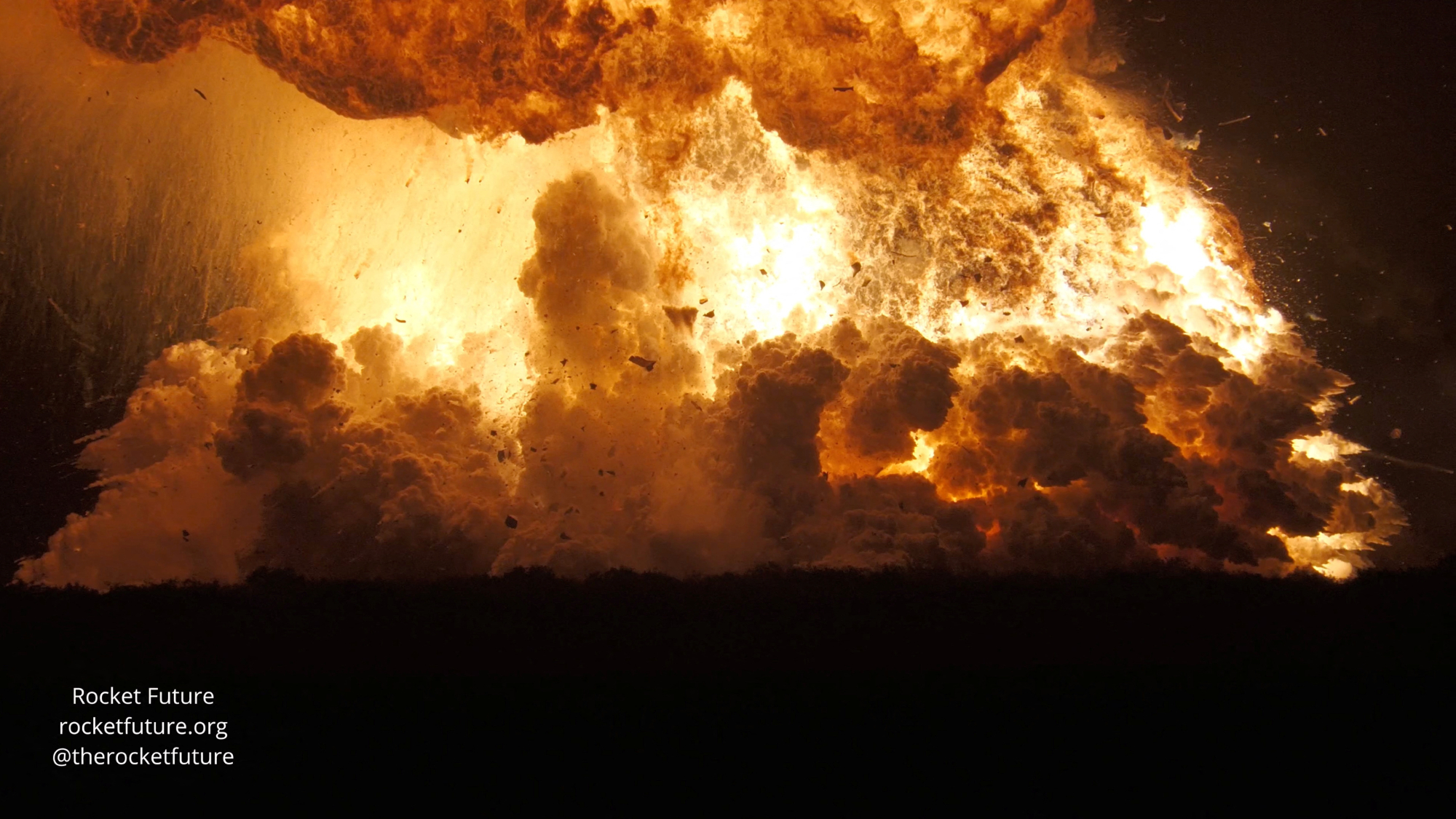 Another Starship blast sets back Musk's Mars hopes
Another Starship blast sets back Musk's Mars hopesSpeed Read Nobody was killed in the explosion, which occurred in south Texas
-
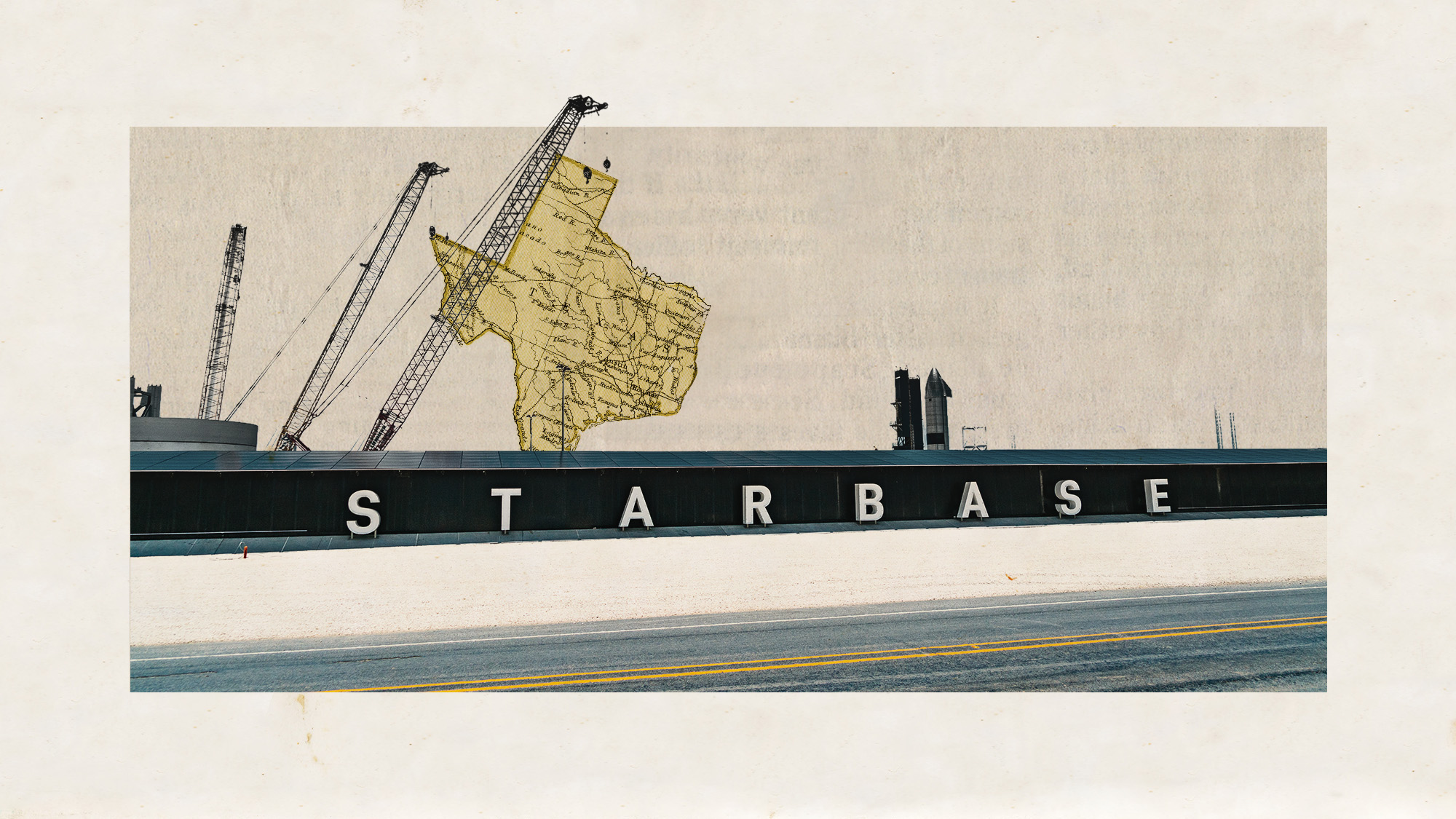 Elon Musk's SpaceX has created a new city in Texas
Elon Musk's SpaceX has created a new city in TexasUnder The Radar Starbase is home to SpaceX's rocket launch site
-
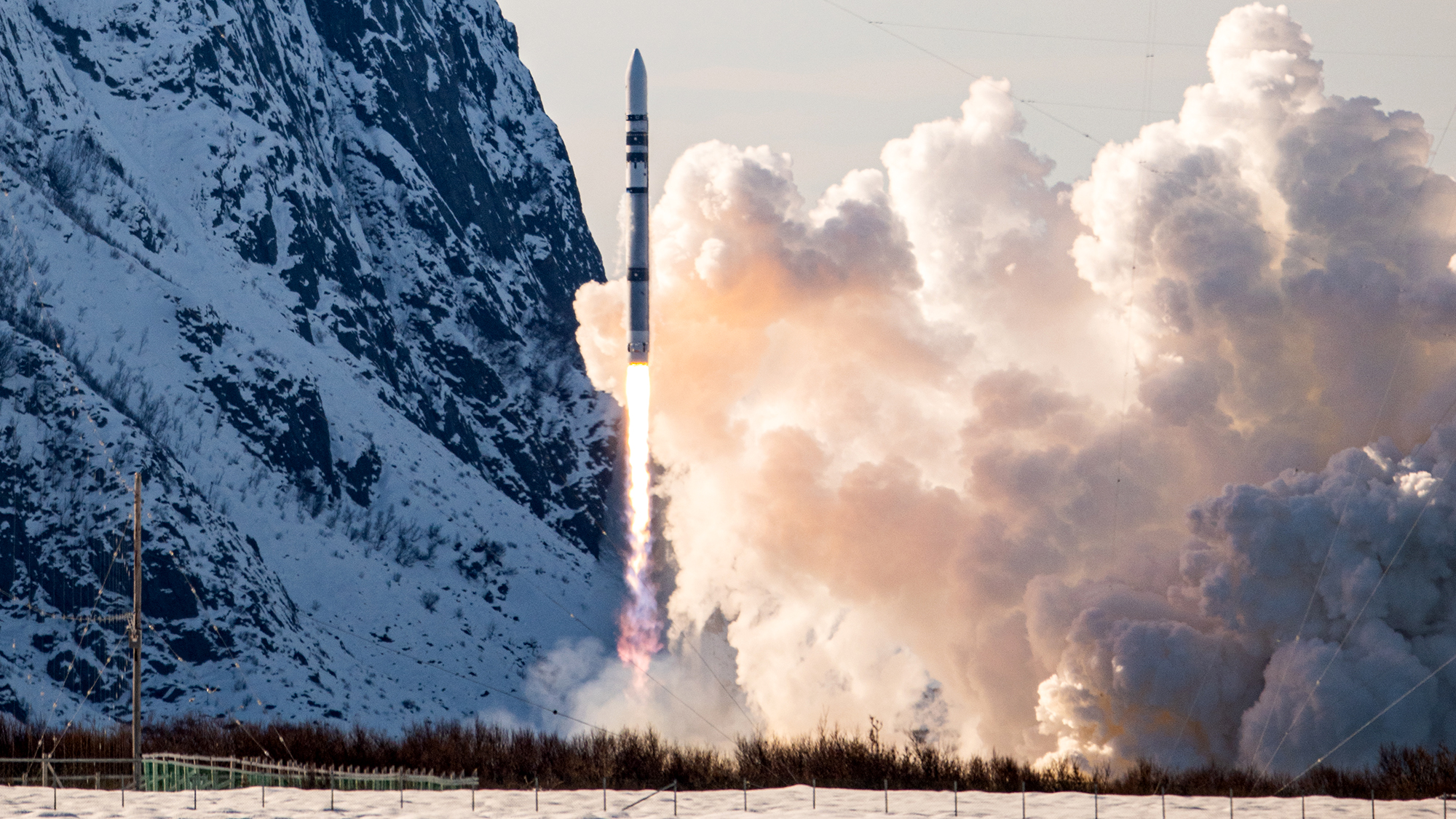 Test flight of orbital rocket from Europe explodes
Test flight of orbital rocket from Europe explodesSpeed Read Isar Aerospace conducted the first test flight of the Spectrum orbital rocket, which crashed after takeoff
-
 Jeff Bezos, Elon Musk and the billionaire space race
Jeff Bezos, Elon Musk and the billionaire space raceThe Explainer Tesla CEO and Amazon founder vie for dominance of satellite launch market and could influence Nasa plans to return to Moon
-
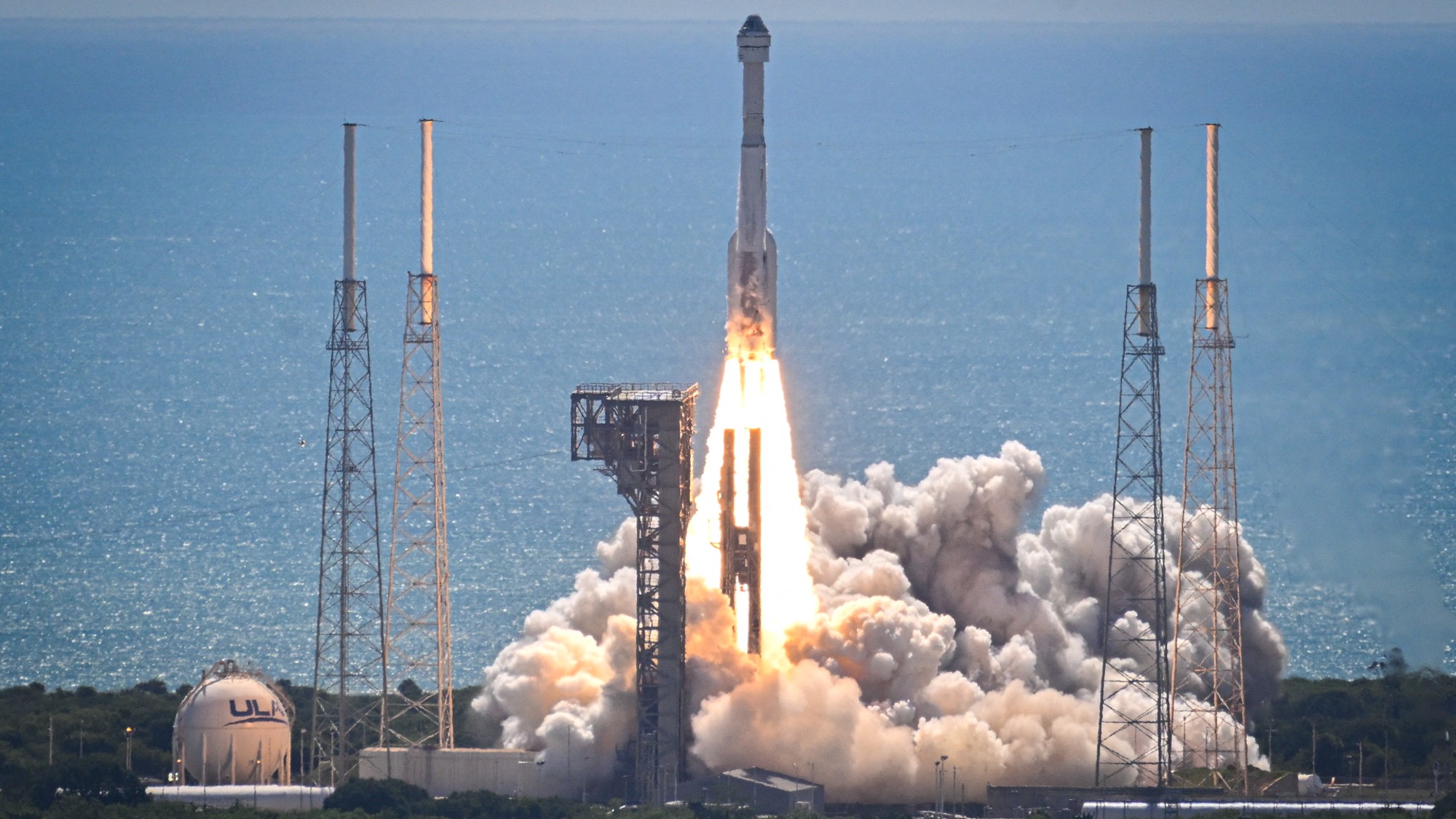 Starliner: What went wrong?
Starliner: What went wrong?Today's Big Question Boeing spacecraft has had a 'long, difficult road'
-
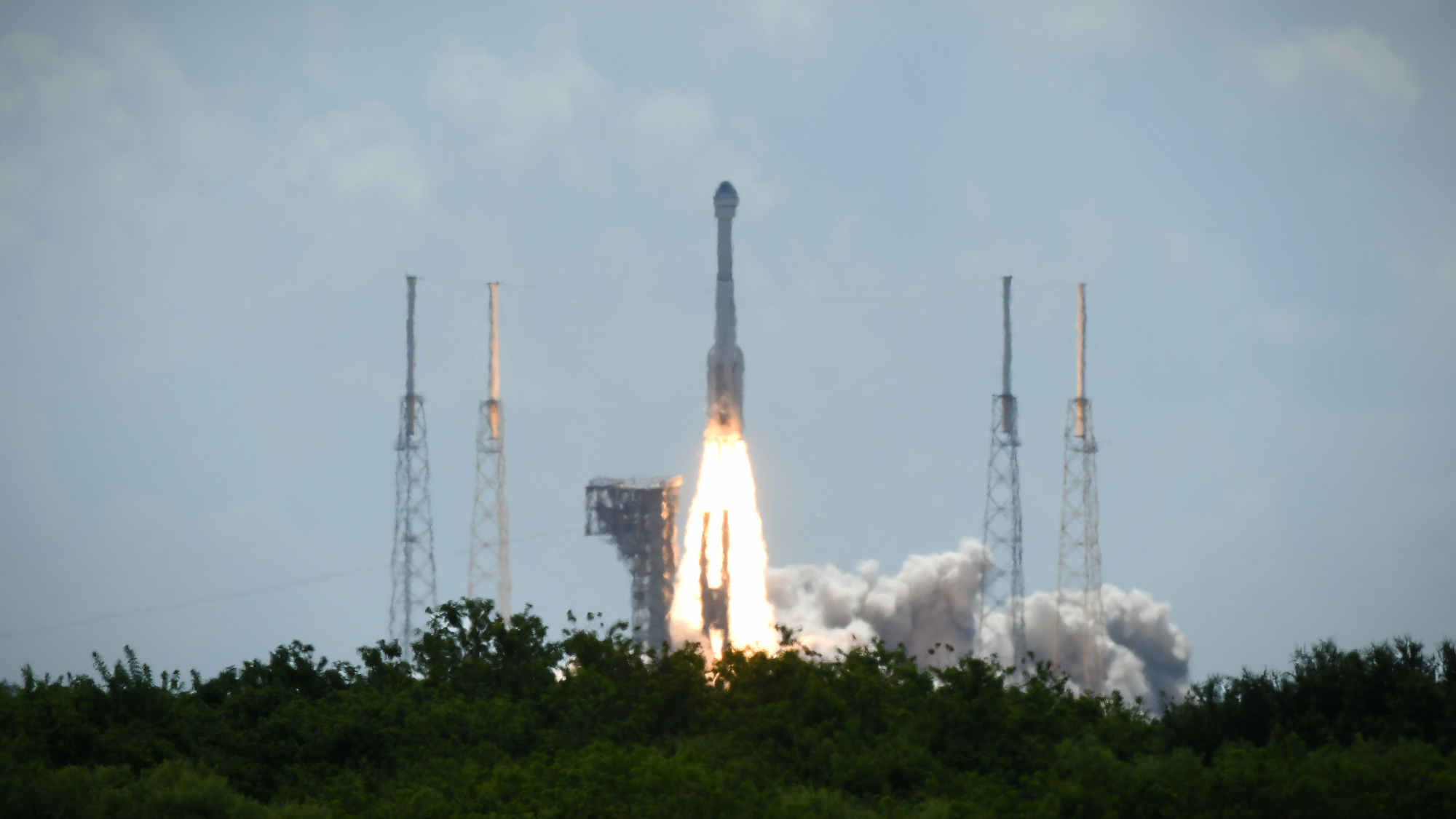 Boeing, SpaceX successfully test key rockets
Boeing, SpaceX successfully test key rocketsSpeed Read Boeing’s Starliner docked at the ISS and SpaceX completed its fourth test launch of its Starship spacecraft
-
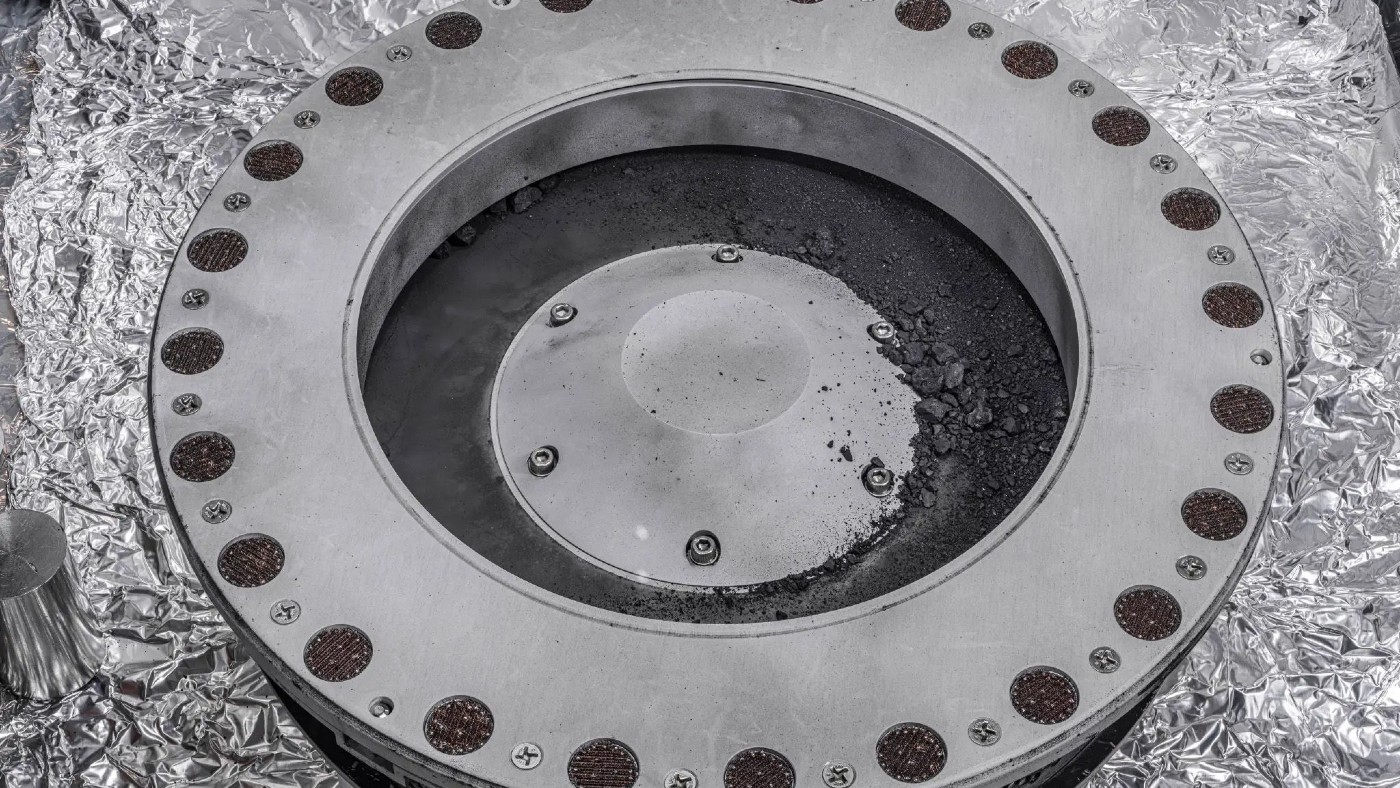 Nasa reveals first findings from asteroid that could explain origins of life
Nasa reveals first findings from asteroid that could explain origins of lifeSpeed Read Sample from Bennu has been found to contain an abundance of water and carbon
-
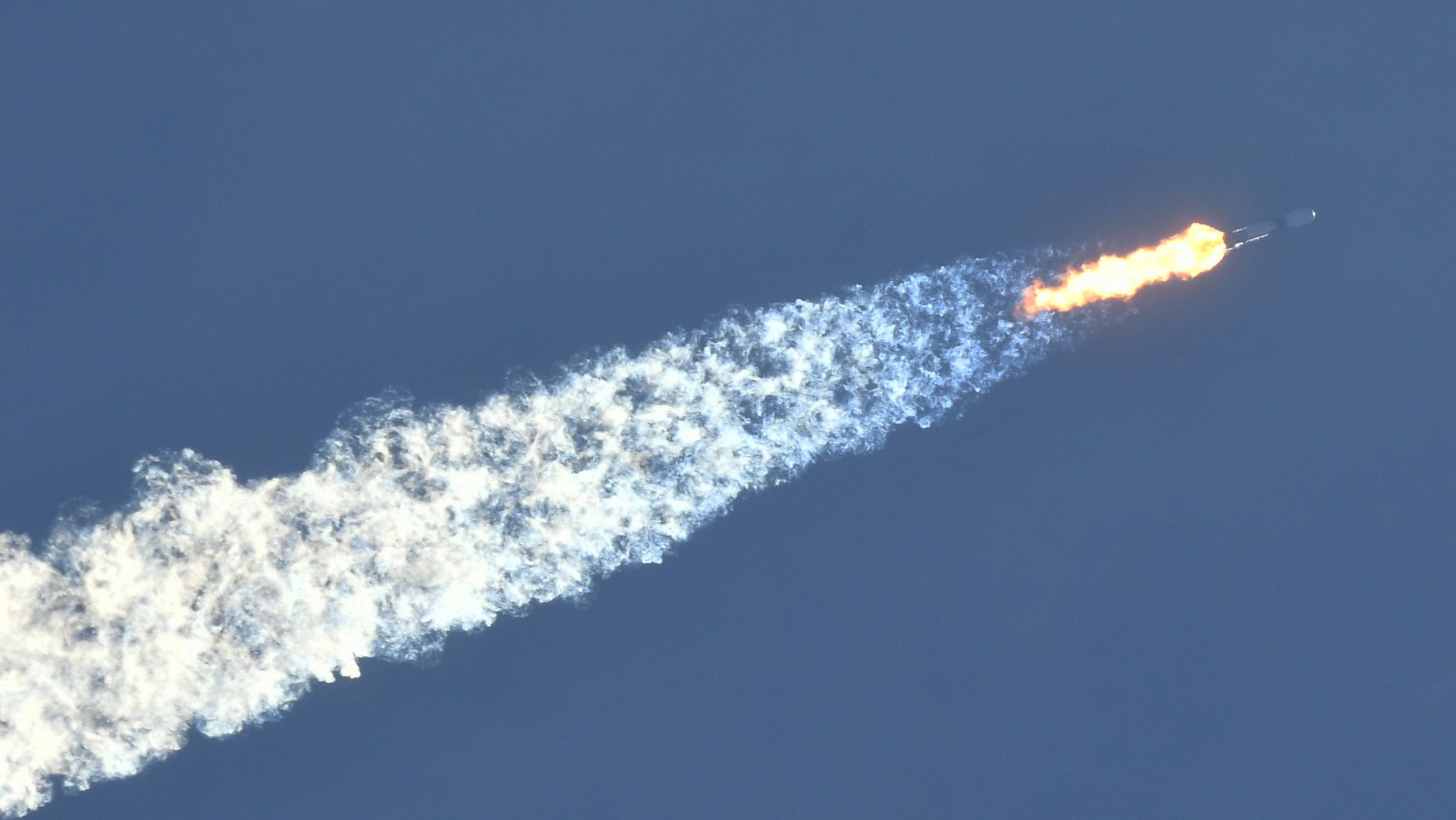 How worried we should be about space debris
How worried we should be about space debrisfeature As part of a rocket washes up in Australia scientists warn ‘critical mass’ of orbital junk could only be decades away